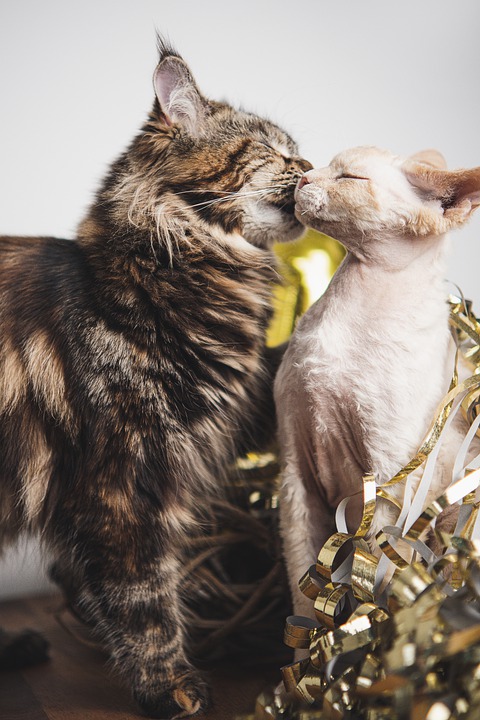Article: Understanding Vocalization During Interactions with Children in Cats
Introduction:
Cats are known for their unique communication style, which often involves vocalization. When it comes to interactions with children, understanding a cat’s vocal cues becomes even more important. In this article, we will explore the various types of vocalizations cats use, what they mean, and how to interpret them during interactions with children.
I. Types of Vocalizations:
A. Meowing:
1. Regular meowing
2. Demanding meowing
3. Attention-seeking meowing
B. Purring:
1. Contentment and relaxation
2. Seeking comfort or reassurance
C. Hissing:
1. Fear or aggression
2. Warning sign
D. Growling:
1. Threat or aggression
2. Protective behavior
II. Understanding Vocal Cues During Interactions with Children:
A. Meowing and Children:
1. Regular meowing:
a. Contentment and greeting
b. Encouraging gentle play
2. Demanding meowing:
a. Hunger or thirst
b. Need for attention or playtime
3. Attention-seeking meowing:
a. Desire for interaction
b. May indicate discomfort or stress
B. Purring and Children:
1. Contentment and relaxation:
a. Positive interaction
b. Comfortable and at ease
2. Seeking comfort or reassurance:
a. May indicate fear or uncertainty
b. Encouraging gentle and calm interaction
C. Hissing, Growling, and Children:
1. Fear or aggression:
a. Protective behavior towards children
b. Sign of discomfort or unease
2. Warning sign:
a. Teach children to respect personal space
b. Seek professional help if aggression persists
III. Frequently Asked Questions (FAQs):
Q1. Why does my cat meow excessively when my child is around?
Q2. Should I be concerned if my cat hisses or growls at my child?
Q3. Can my child’s behavior trigger aggressive vocalizations in cats?
Q4. What should I do if my cat purrs excessively during interactions with my child?
Q5. How can I help my child understand and respect a cat’s vocal cues?
Conclusion:
Understanding a cat’s vocalization is crucial during interactions with children. By recognizing the different types of vocal cues, such as meowing, purring, hissing, and growling, parents can ensure a safe and enjoyable environment for both their child and their feline companion. Remember, open communication and gentle interactions are key to fostering a harmonious relationship between children and cats.








